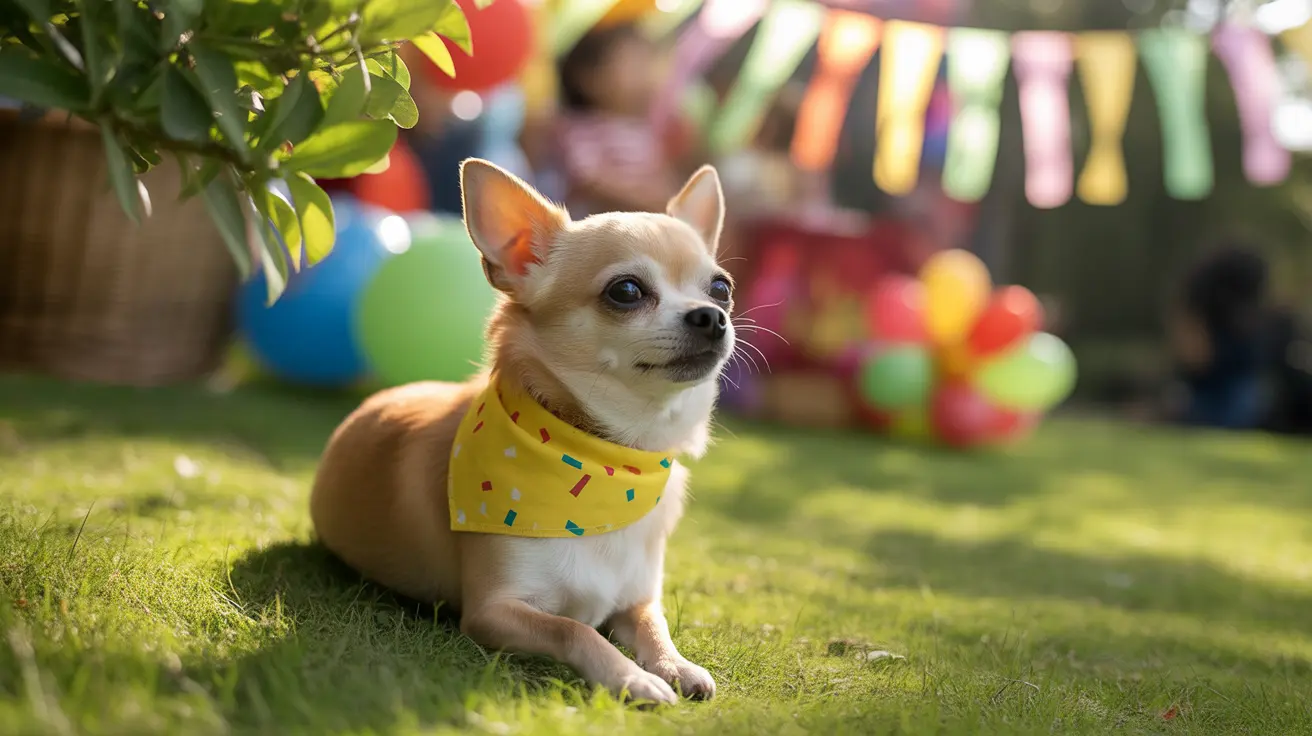Do Dogs Prefer Smaller or Larger Crates? Finding the Right Fit
When it comes to choosing the ideal crate for your dog, size plays a crucial role. While instinct may suggest that bigger is better, dogs actually thrive in crates that mimic the cozy, secure feeling of a den. Striking the right balance between comfort and functionality ensures a positive crate experience for both puppies and adult dogs.
Understanding a Dog’s Denning Instinct
Canines possess an innate desire to seek out den-like spaces for rest, recovery, or safety. Crates, when properly sized and introduced with positive reinforcement, tap into this instinct and become a beneficial component of a dog’s daily routine.
Why Crate Size Matters
The key is to ensure the crate is:
- Spacious enough for the dog to stand, turn around, and fully stretch while lying down.
- Not excessively large, which can reduce the sense of security and, for puppies, increase the risk of crate soiling.
- Tailored to individual measurements, rather than relying solely on breed or weight estimates.
A too-small crate can be physically uncomfortable and psychologically stressful. Conversely, a crate that’s too large may lead to potty training setbacks, especially in young puppies that can separate living and potty areas.
How to Measure Your Dog for a Crate
- Length: Measure from the tip of the nose to the base of the tail, then add 2–4 inches.
- Height: Measure from the ground to the top of the head or ears (whichever is taller), and add 2–4 inches.
- Consider bedding thickness to avoid space issues.
Properly sized crates are essential for comfort and effective training. If uncertain, always size up slightly but avoid overly spacious options, especially for puppies.
Crate Sizing Guidelines by Breed
Though measurements should be your primary guide, typical crate sizes for different breeds include:
- 18" x 12" – Toy breed puppies (up to 6 lbs)
- 24" x 18" – Small breeds like Yorkies, Chihuahuas (13–25 lbs)
- 30" x 20" – Medium breeds like Beagles, French Bulldogs (26–40 lbs)
- 36" x 24" – Larger breeds like Bulldogs, Cattle Dogs (41–70 lbs)
- 42" x 28" – Labs, Boxers, Goldens (71–90 lbs)
- 48" x 30" – XL breeds like Rottweilers or German Shepherds (90–110 lbs)
Using Crate Dividers for Growing Puppies
When purchasing a crate for a growing puppy, you can:
- Buy a crate sized for their anticipated adult size.
- Use a movable divider panel to adjust available space as they grow, maintaining proper proportions for training purposes.
Choosing the Right Crate Type
- Wire crates: Versatile, ventilated, and foldable. May include dividers and allow for sheet covering to enhance den-like atmosphere.
- Plastic crates: Durable and airline-approved but less space-efficient.
- Fabric crates: Lightweight and portable but not ideal for chewers or long-term use.
- Wooden crates: Aesthetic but heavy and less practical for travel or cleanliness.
Consider Your Dog’s Needs
Factors influencing your dog’s crate preference include:
- Training level: House-trained dogs may accept slightly larger crates.
- Behavior: Dogs prone to anxiety might need a more enclosed space for a stronger sense of security.
- Use case: A crate for travel can be smaller; home crates should allow freedom of movement within reason.
Final Thoughts
So, do dogs prefer smaller or larger crates? In reality, dogs prefer well-sized crates that mimic the comfort of a secure den. Choose a crate based on your dog’s current size and needs, not assumptions. With the right approach, a crate becomes a trusted retreat, aiding in training, safety, and wellbeing.





